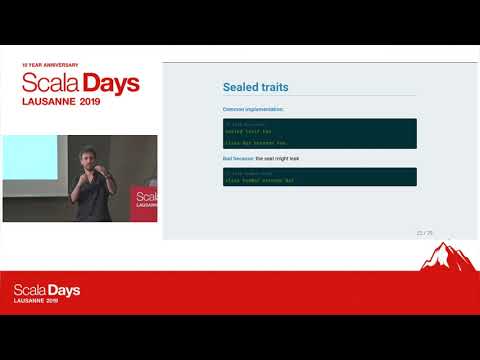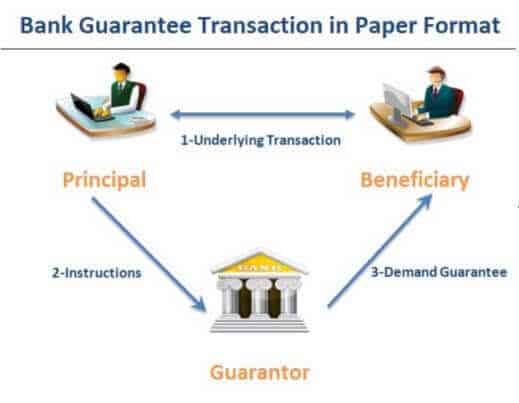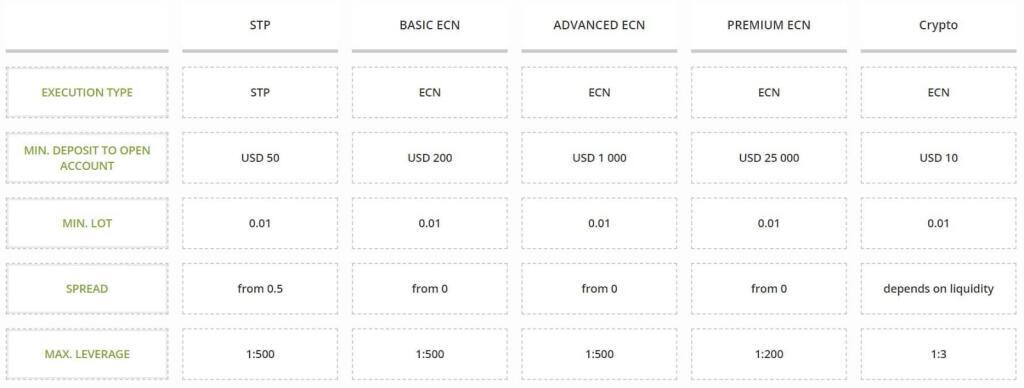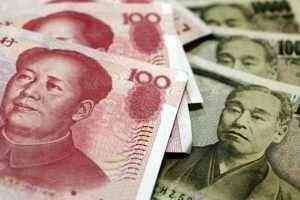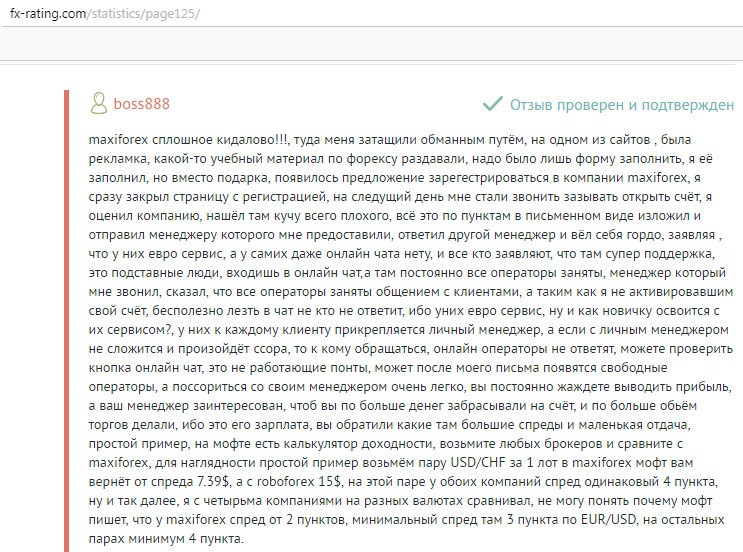The Santa Claus Rally

However, a Santa Claus rally isn't always an accurate predictor of gains the next year. In 2021, the S&P 500 gained 1.4% in the seven-day period, but the market peaked on Jan. 3 and entered a bear market in June, falling more than 20% as the Federal Reserve Board aggressively raised interest rates. According to The Wall Street Journal, historically, the S&P 500, the Dow Jones Industrial Average (DJIA), and the Nasdaq Composite have risen about 80% of the time during the Santa Claus rally period. The average returns for the S&P 500, the Dow, and the Nasdaq Composite over the period have been 1.3%, 1.4%, and 1.8%, respectively. Traders pay attention to cyclical trends and, at times, find ways to exploit historical patterns. But it's always a relatively random proposition, and the Santa Claus rally is no exception.
Beyond looking at general effects the Santa Claus rally has on the market, we studied how recessions have historically affected both the odds of Santa Claus rallies as well as their scale. For details on our data sources and how we put the information together to create our findings, check out the Data and Methodology section below. The U.S. stock market hit record highs leading up to Thanksgiving in 2020. Two days before the holiday this year, the Dow Jones and S&P 500 indexes broke 30,000 and 3,600 points, respectively. While some stock analysts and investors are concerned that these prices belie a frothy market soon set to pop, others speculate that highs will continue over the next month.
Other Products & Services:
But, while December is generally one of the best months for US stocks, the reasons aren't exactly clear. Historically, the Santa Claus Rally has occurred 76% of the time between 1950 to 2019. According to the 2019 Stock Trader’s Almanac, the market has risen an average of 1.3% each year during that period. Traders should be wary of market talk surrounding the notion of a Santa Claus rally, and stay fixed on the current market environment.
The week before Christmas also captures much of the end-of-the-year adjustments from institutional players seeking to close their books before the Christmas holiday. The week after Christmas usually comes with much lower volume, suggesting that institutional players have withdrawn from the market for the rest of the year. In 2018, the S&P 500 finished the month with a 6.6% gain after December 24, which were the last four trading days of the month. Although the index fell on Jan. 3 -- the second day of the new year -- December 24 proved to be the market bottom.

Even though 2008 produced the largest gains in this period, the S&P 500 fell 10.95% from January 5, 2009, at the end of the rally, to January 31, 2009. On the contrary, the Santa Claus Rally represented a turning point for the S&P 500 heading into 2019. On December 24, 2018, the S&P 500 was amid its worst December since 1931 before rallying over 6%. The S&P 500 still ended the month with its biggest loss since the Great Depression, but the Santa Claus Rally helped pare some of those losses and then act as a springboard as January produced gains of 7.69%. The media tends to jump at the chance to turn any seasonal market uptick into a compelling story, and the Santa Claus rally is no exception.
You're now leaving Chase
In the investing world, the uptick in stock market performance at the end of the year is commonly referred to as the Santa Claus rally, gifting investors jolly gains in their portfolios. Interestingly, the Santa Claus rally is observed in stock markets around the world. For example, the Indian stock market exhibits a similar effect, where the last five trading days of December and the first two trading days of January tend to produce higher average returns than other days. A Santa Claus rally is a market rally that causes stock prices to increase during the holiday season, typically a seven-day period beginning the day after Christmas and ending on the second trading day in the New Year. A Santa Claus Rally is a seasonal stock market trend that often occurs near the end of the fiscal year.
The ultimate hope is that the markets remain choppy in the next few days but rallies going into the close of the year. Just because the Santa Claus rally does usually happen, and it often predicts the market the following year, that doesn't mean it will continue to do so. If investors anticipate it, they are likely to behave differently, and market participants may adjust according to the expectation of a Santa Claus rally. Observing the Santa Claus rally is one thing, but actually trying to profitably trade the so-called phenomenon is another matter. A bear market is generally recognized when the S&P 500 declines more than 20% from the high of the previous bull market. This year, the S&P 500 officially dropped into a bear market the week beginning May 16.
To the extent it exists, many consider the Santa Claus rally to be a result of people buying stocks in anticipation of the rise in stock prices during the month of January, otherwise known as the January Effect. Also, there is some research that points to value stocks outperforming growth stocks in the month of December overall. Of note, many stock pickers in actively managed mutual funds tend to invest in value stocks. Some Bull bear power researchers believe one reason for the Santa Claus rally is bullish investors’ sentiment as people are generally optimistic around the holiday season. The unlikeliness of the government or regulators announcing any bad news during the holidays may be the driving force behind this optimism. Between the beginning of 1950 and early 2020, there were 10 total periods a Santa Claus rally could have taken effect during a recession.
Don’t Count on a ‘Santa Claus Rally’ to Save the Stock Market
Some years, the rally has taken place over an extended period, beginning Dec. 14 and lasting over two weeks. Chase's website and/or mobile terms, privacy and security policies don't apply to the site or app you're about to visit. Please review its terms, privacy and security policies to see how they apply to you. Chase isn’t responsible for (and doesn't provide) any products, services or content at this third-party site or app, except for products and services that explicitly carry the Chase name.
- The stock market often yields positive returns during the last five business days of December and the first two business days of the new year, although this is by no means guaranteed.
- By definition, the Santa Claus rally refers to gains in the market that typically happen in the last five days in one year and the first two days of the next.
- Interestingly, the Santa Claus rally is observed in stock markets around the world.
- The media tends to jump at the chance to turn any seasonal market uptick into a compelling story, and the Santa Claus rally is no exception.
- Between 1926 and 1950, it existed as the Composite Stock Index, tracking 90 stocks.
- According to the 2019 Stock Trader’s Almanac, the market has risen an average of 1.3% each year during that period.
Get relevant tips and viewpoints to help you make smart investment decisions, powered by the expertise of J.P. Work with a team of fiduciary advisors who will create a personalized financial plan, match you to expert-built portfolios and provide ongoing advice via video or phone. For a better experience, download the Chase app for your iPhone or Android. The deciding factor will be just how disruptive it proves to be – both in our everyday lives and as far as companies are concerned.
What Is the Time Period for the Santa Claus Rally?
Although there's no clear expectation for the Santa Claus rally, history has shown that stocks often outperform during the end-of-the-year period. Yale Hirsch first documented the pattern in 1972, writing in "Stock Trader's Almanac" that the S&P 500 had gained an average 1.5% during that seven-day period from 1950 through 1971. The pattern has held true since 1950, with the broad market index increasing an average of 1.3%. Additionally, the market has gained during those days in 34 of the previous 45 years, or more than 75% of the time. Generally, the Santa Claus rally refers to the stock market's history of rising over the last five trading days of the year and the first two market days of the new year.
What Is the Santa Claus Rally? - The Motley Fool
What Is the Santa Claus Rally?.
Posted: Mon, 14 Nov 2022 18:52:54 GMT [source]
Any hyperlinks provided are intended as additional perspectives, should not be construed as an endorsement and may contain a separate privacy policy. Endorsements were provided by promoters or influencers who were not clients of Facet when initially engaged. Individuals were compensated by Facet Wealth, Inc. ("Facet") and that compensation may have included free or discounted planning services. That said, the media may loosely label what it refers to as a Santa Claus Rally that starts as early as Black Friday (the day after Thanksgiving) and continues throughout the month of December.
Motley Fool Returns
For example, despite a strong Santa Claus rally at the end of 2008 and early 2009, the S&P 500 lost nearly 11% between the end of the rally and the end of January.
For example, from 2014 to 2015 the S&P 500 experienced a decline of 3.01% and from 2015 to 2016, that index declined by 2.27%. Looking at past price history, the week after Christmas is notoriously quiet and prices tend to move sideways in very narrow ranges. This makes sense if you think about it, as many market participants will take care of year-end position adjustments in the week before Christmas, while there is still plenty of liquidity. Further, this lull is most likely due to market participants taking the holiday break between Christmas and New Year's.
Investing involves market risk, including possible loss of principal, and there is no guarantee that investment objectives will be achieved. Over the course of the S&P 500’s history, certain months of the year https://investmentsanalysis.info/ deliver higher returns than others. November through January is statistically quite bullish, as November returns 1.42% on average, December returns 1.37% on average and January returns 0.98% on average.

